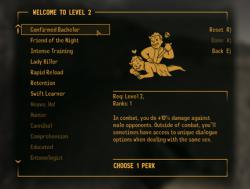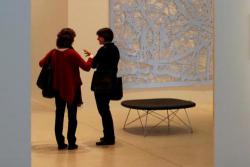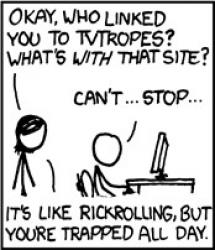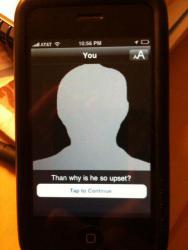
Even for a small class, student conferences take a lot of time and energy. I often hold conferences to discuss a plan for revision of their essays. That means that 6 hours of conferences (15 minutes each x 23 students) usually follow long nights spent grading the essays that are the basis of our discussion. I’ve often left the campus coffee shop after I’ve met with half the class in and felt like I’ve been stuck on repeat—drained from keeping my enthusiasm up during so many different versions of the same basic conversation.










